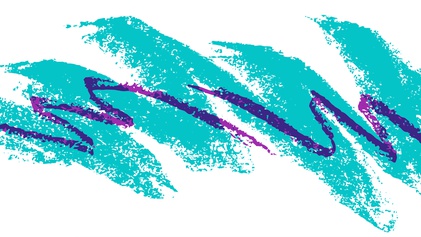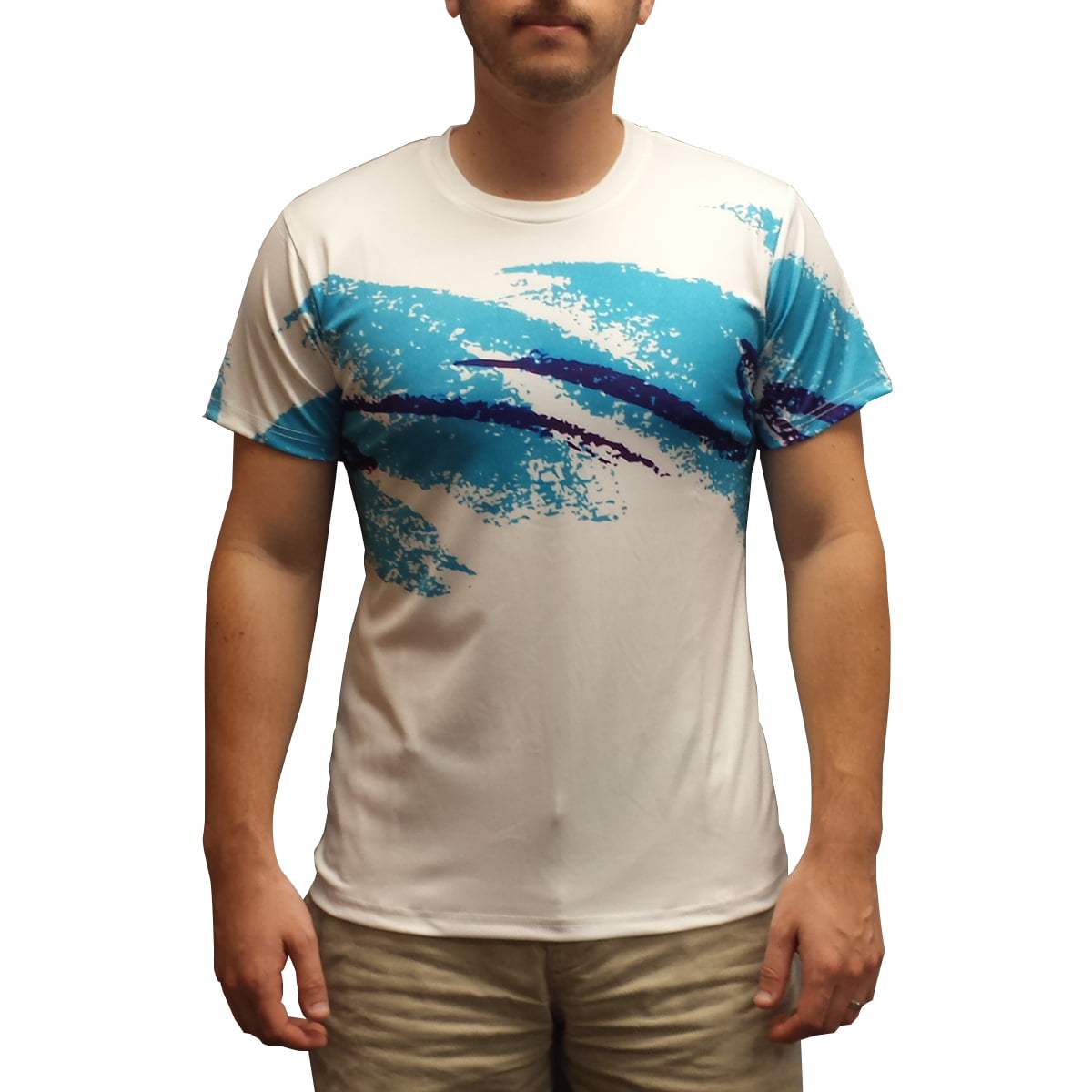
Paper cups are manufactured using a universal method, which is almost entirely automated and requiring little direct human labor. Now, industry leaders such as Dart/Solo source paper from suppliers who have received certification from the Sustainable Forestry Initiative (SFI), a nonprofit created by the timber industry to encourage compliance with state and federal laws regulating the trade.ĭart Container has 33 manufacturing plants throughout the world: 23 in the United States (including the corporate headquarters in Mason, Michigan), two in Canada, four in Latin America, three in the United Kingdom, and one in Australia. Historically, the paper cup used materials from a relatively unregulated network of paper product suppliers. Today, both 8-ounce and 10-ounce versions are available. Initially standing at a very squat 10 ounces when debuted by Sherri Cup in 1965, the contemporary version, sold by infamous red cup creator Solo (ironically now owned by Dart Container, the company started by the same William Dart who created the styrofoam cup that Buck’s invention would overtake), is both taller and slimmer than the original, reflecting the aesthetic stereotype of the City that the cup is most associated with. But the Anthora was the first handleless paper to-go coffee cup, innovating a basic design that nearly all coffee shops have come to use since. Dart invented the styrofoam cup in 1957, and disposable paper coffee cups with handles (still popular in parts of Latin America) have been available since the 1930s. The Anthora was the first of its kind, introducing the to-go coffee cup as we know it. Not to say that this was the first disposable cup William F. Here are the 10 rarest Pogs from the '90s.Specifically Greek symbol was no accident most of the to-go coffee in 1960s New York City was sold at Greek-American family restaurants, and the design’s homage to Greek culture made it appealing for merchants, while its warm slogan, “We Are Happy to Serve You,” soon satisfied customers of all backgrounds. We're not saying they'll hold their value over time, but you never know.

That said, there are a couple of milk caps that are hard to come by. But sadly, the fad was not meant to last, and when the Pog bubble burst after about 3 years, there was so much oversaturation in the market that Pogs were left relatively worthless. They now featured images from pop culture ranging anywhere from sports stars, to superheroes and television characters, and let's not forget the decade-appropriate holographic drawings.

Reaching peak popularity in the mid ‘90s, Pogs came a long way from the plain cardboard milk caps that they once were.

Soon, you couldn’t go anywhere without finding Pogs, and small children were selling their souls to the devil in order to get their hands on some of the rarer caps. Soon the Company that manufactured the caps (that were being sold as a promotional item with Passion Orange Guava juice, hence the name Pogs), were shipping millions of caps to Hawaii each week, and it would be a matter of time before the game reached the mainland. The little girl, named Blossom Galbiso, grew up to become a teacher and counselor at an elementary school in Oahu, where she introduced the generation of ‘90s kids to the game that shaped her childhood. Nobody knows the result of that fateful battle, but what is known about the conquest of this young woman, and other brave warriors like her, is that more than 60 years later, her little schoolyard game would go on to become a worldwide phenomenon known as Pogs. For the better part of a year, this girl has been saving her caps, hoping, praying even, that she will be able to defeat an opponent in a schoolyard showdown. A young girl with her collection of round, cardboard caps taken from milk bottles prepares to face off against her opponent in a game of Milk Caps.


 0 kommentar(er)
0 kommentar(er)
